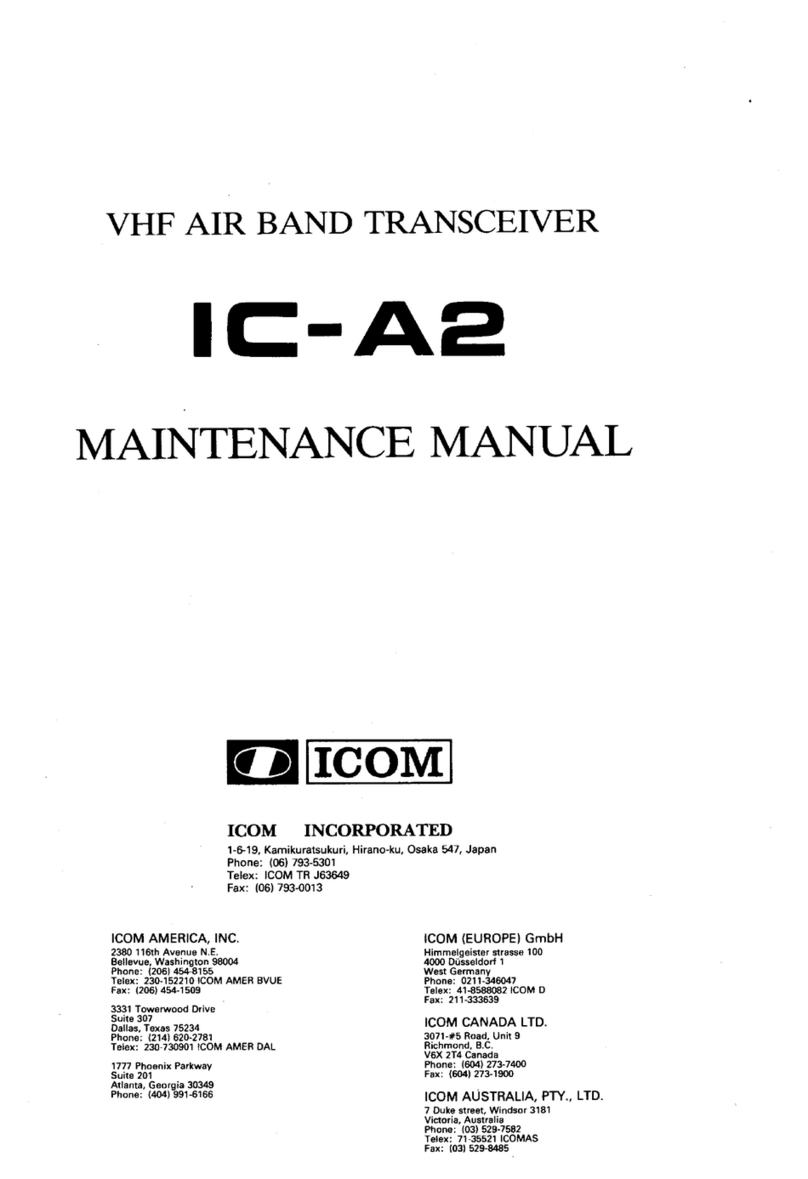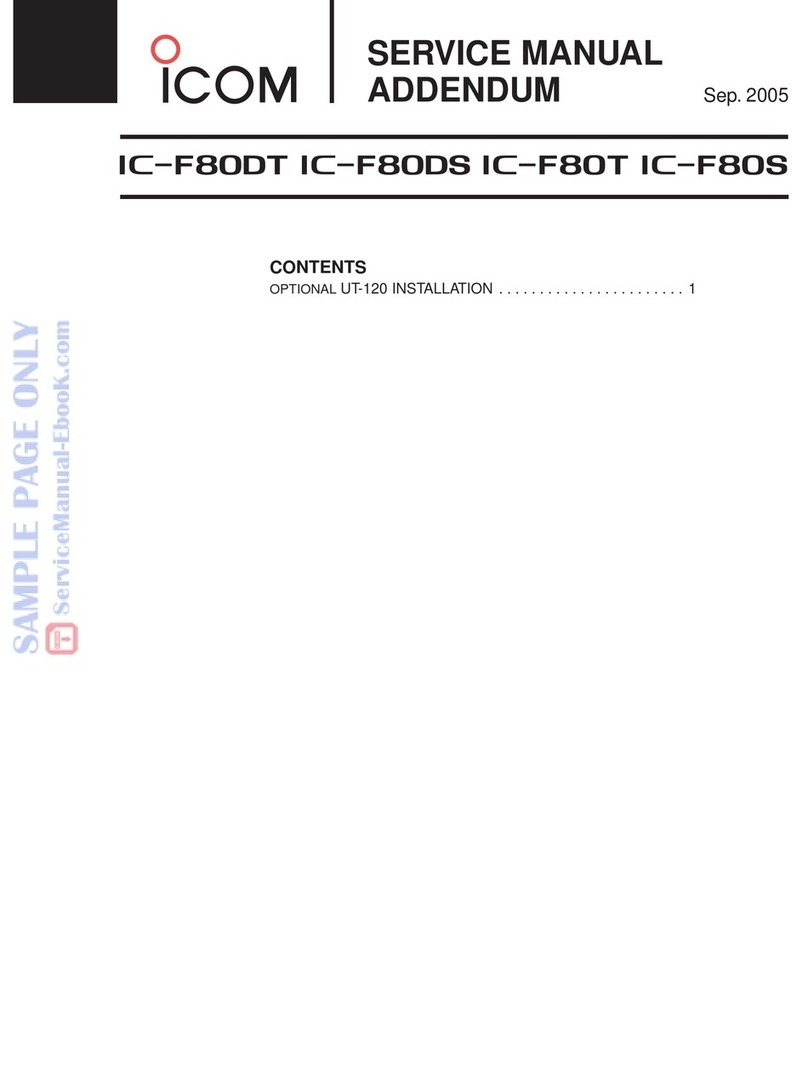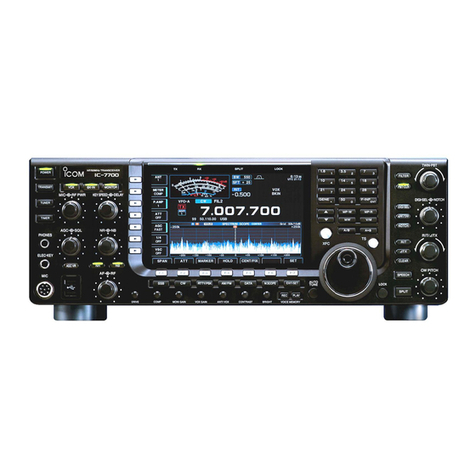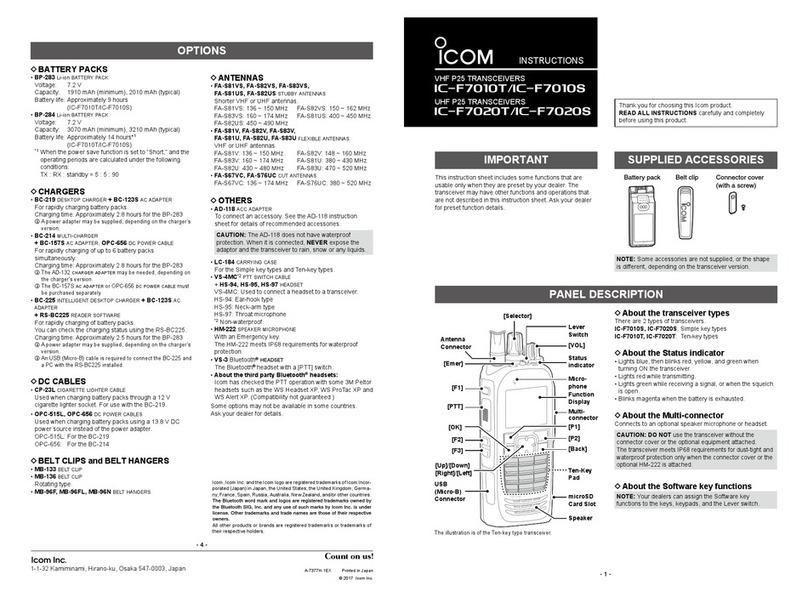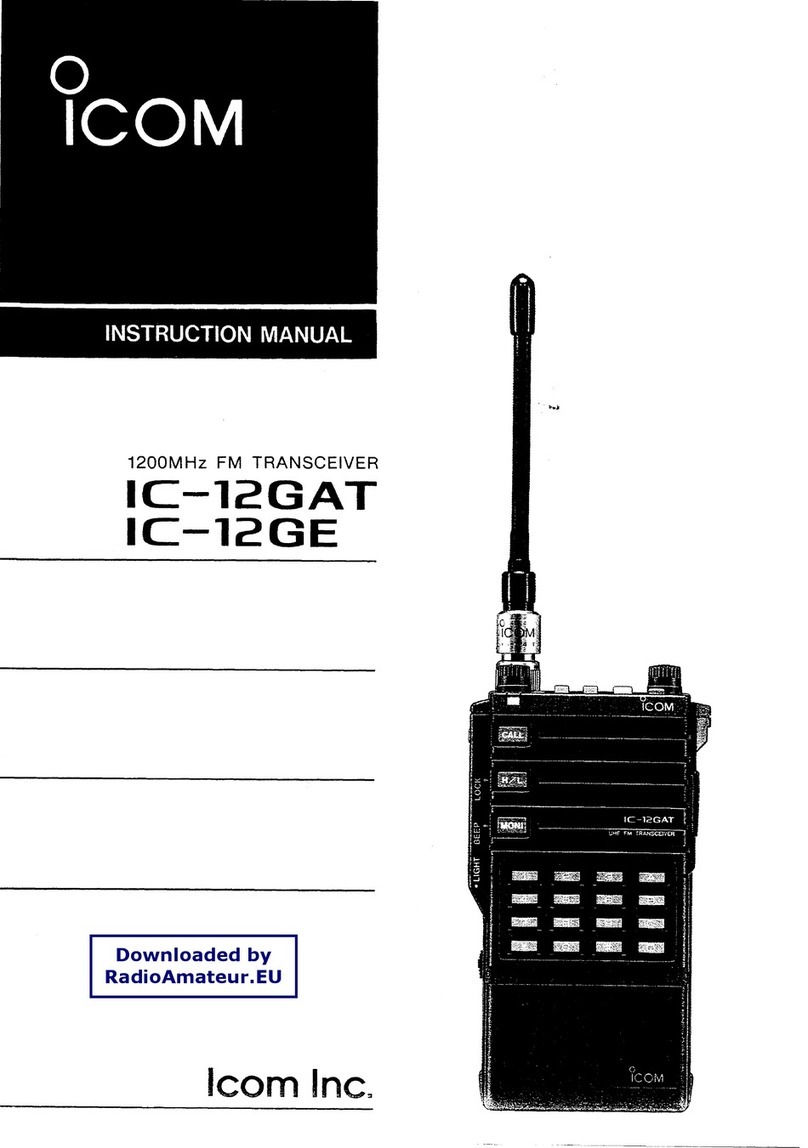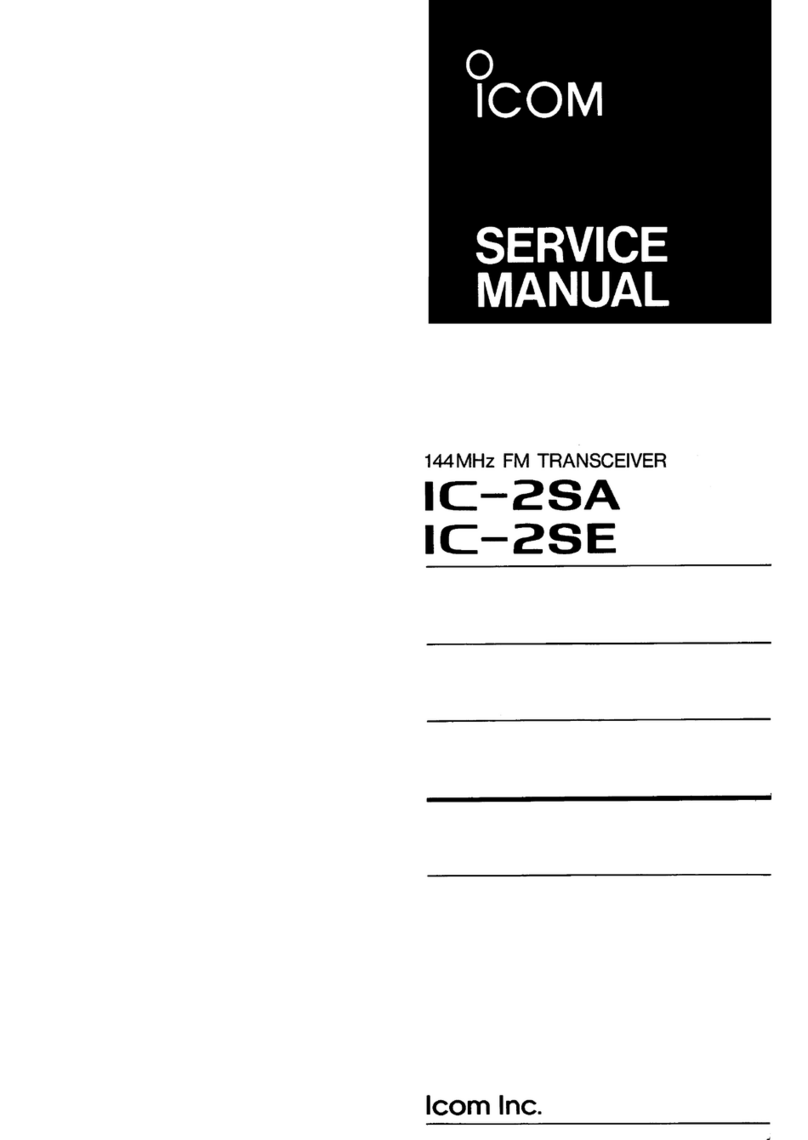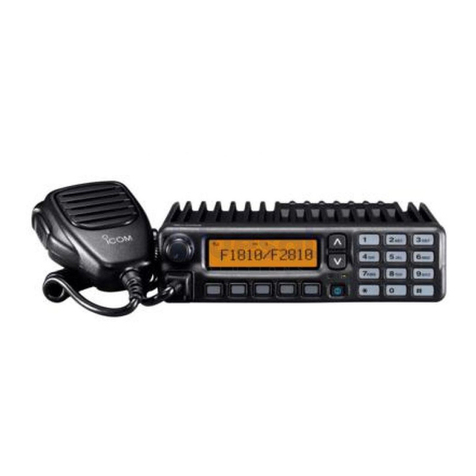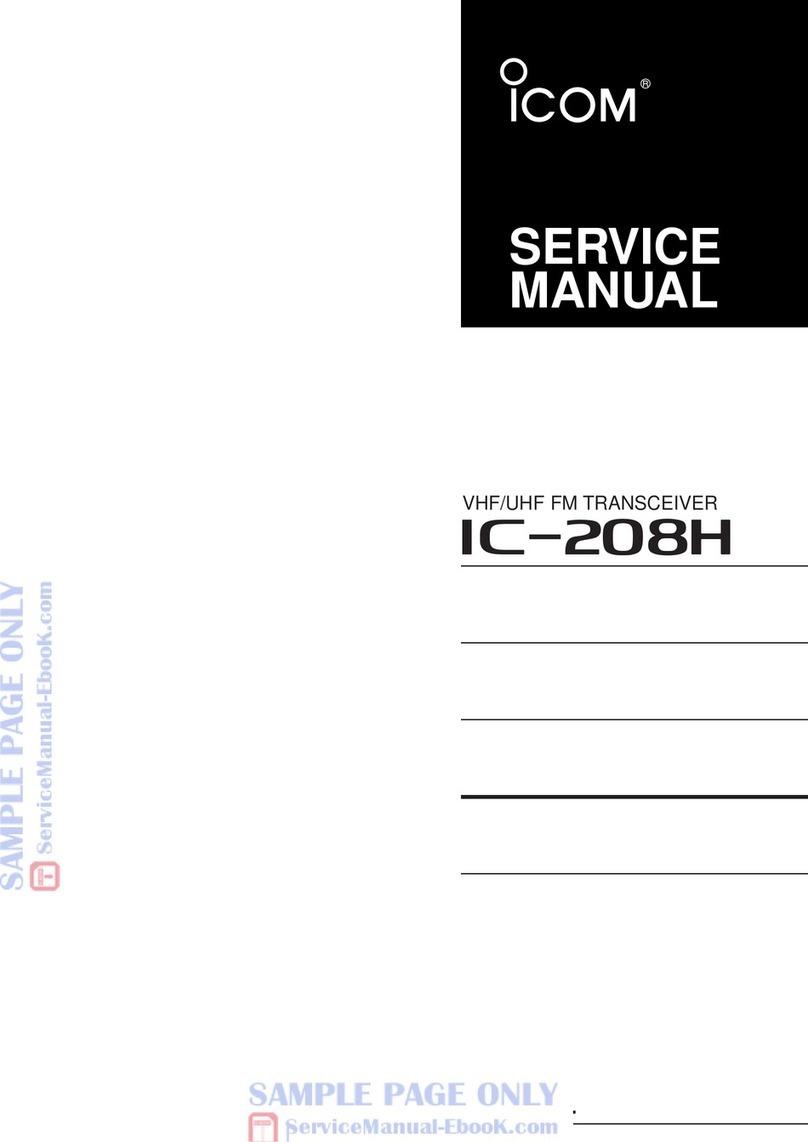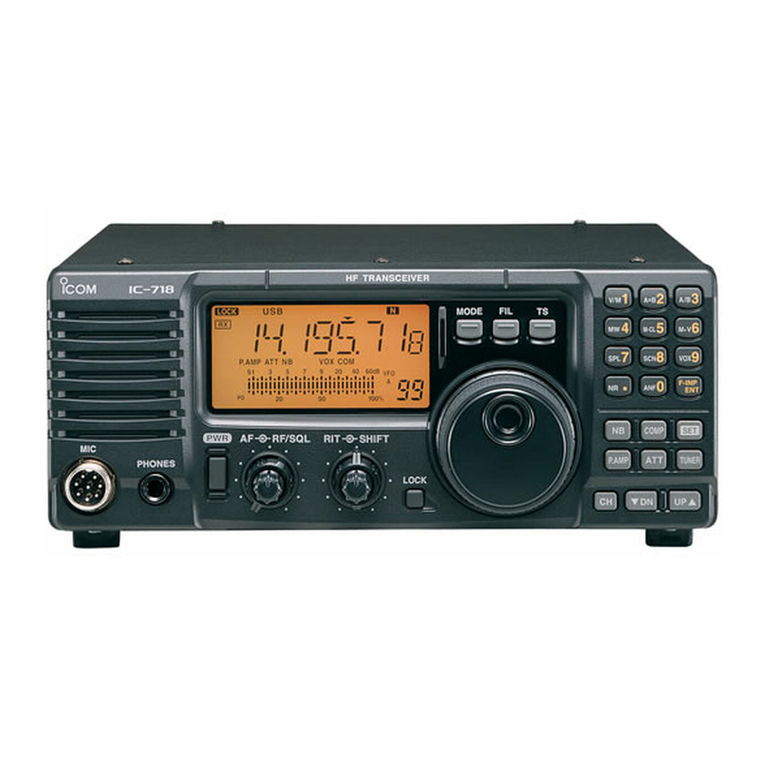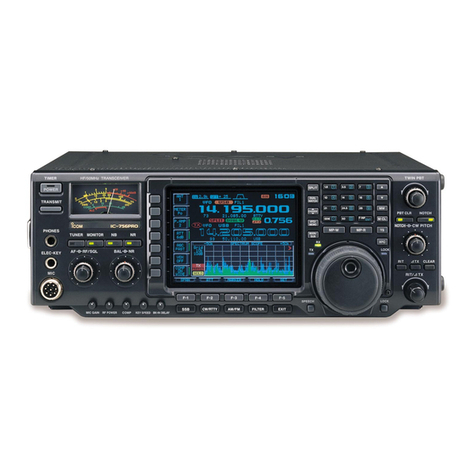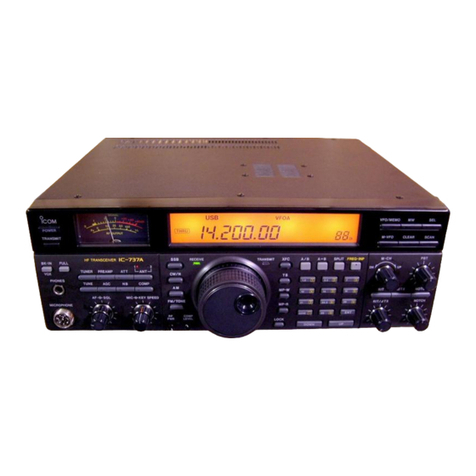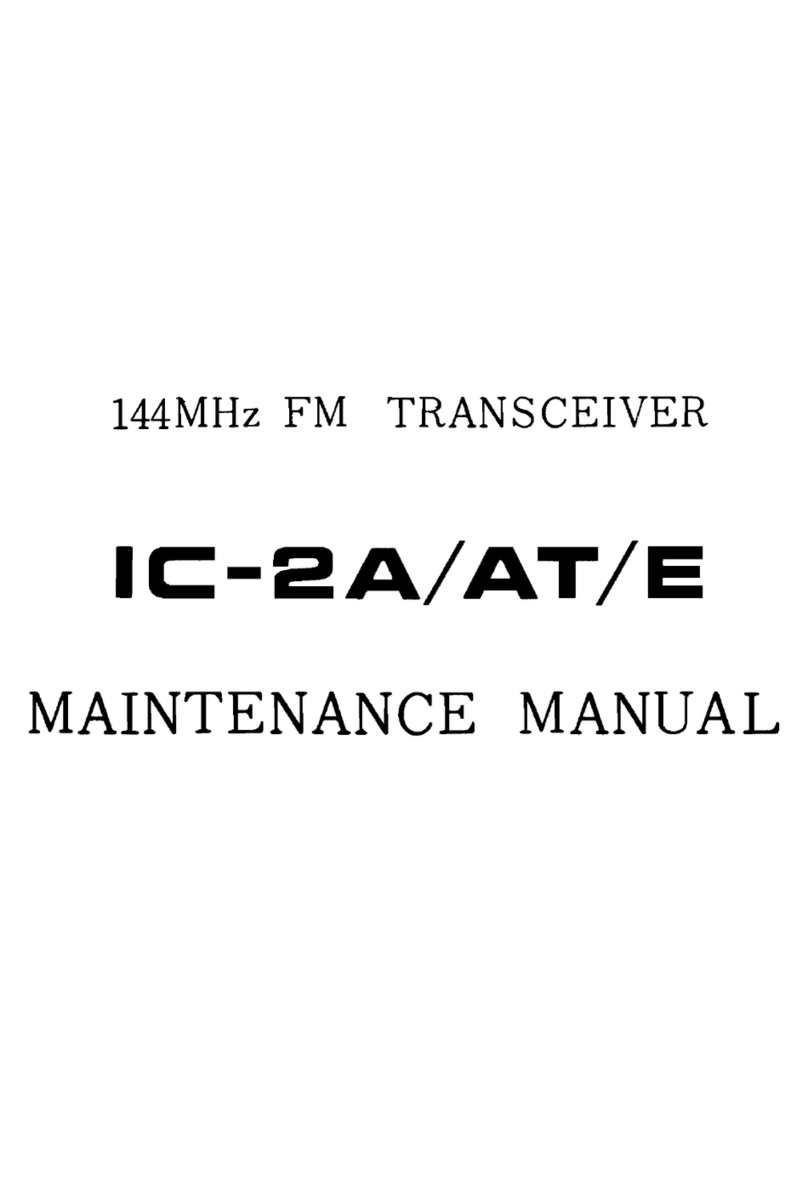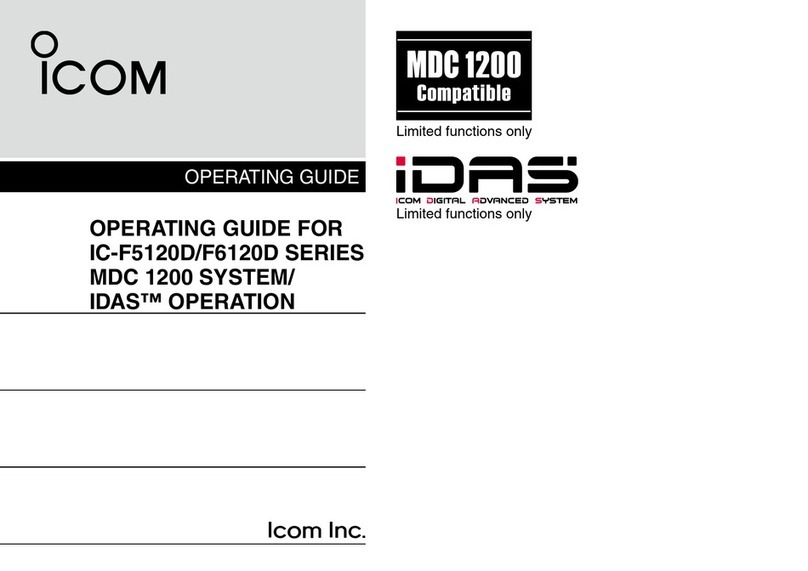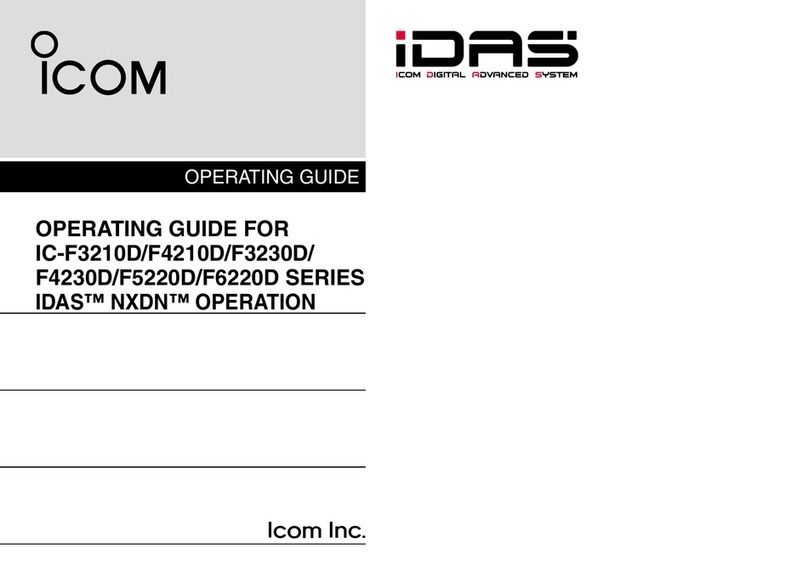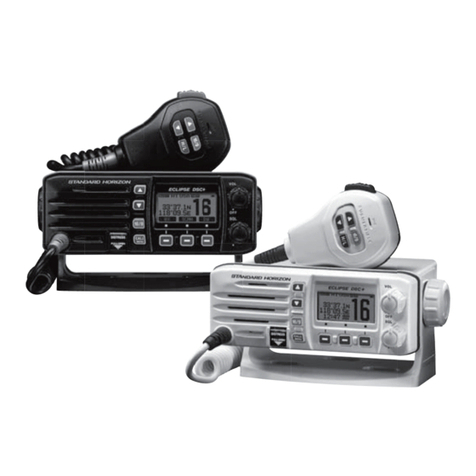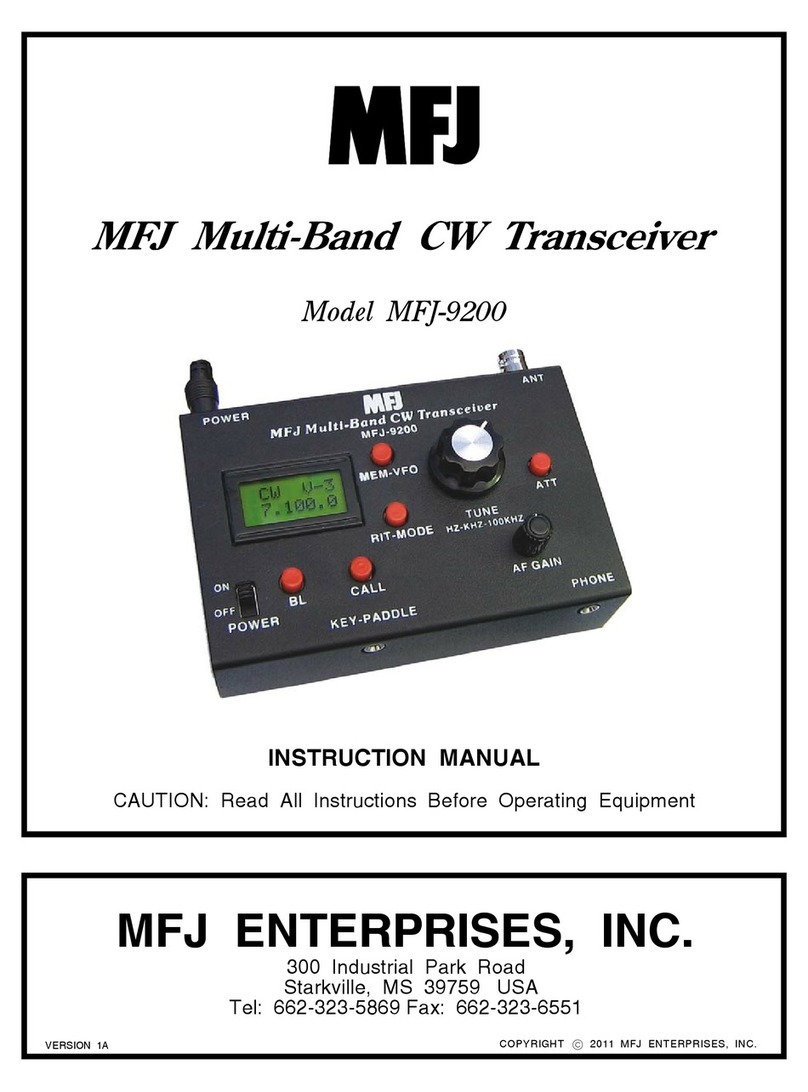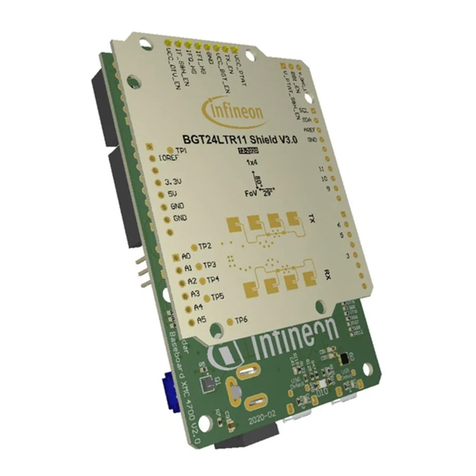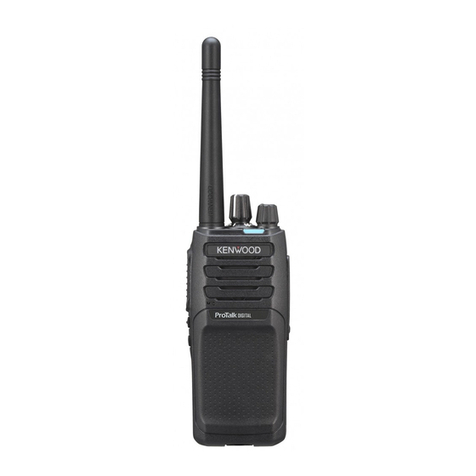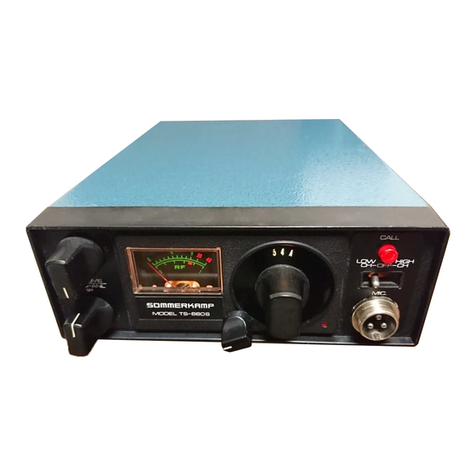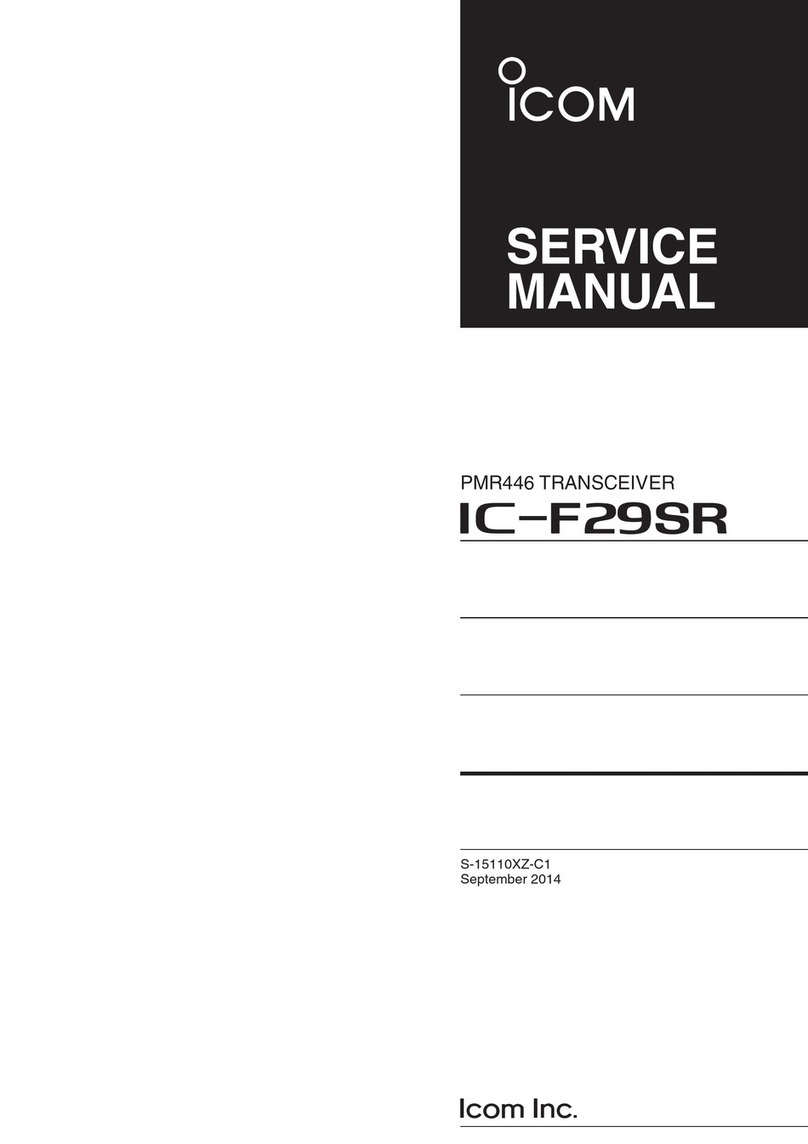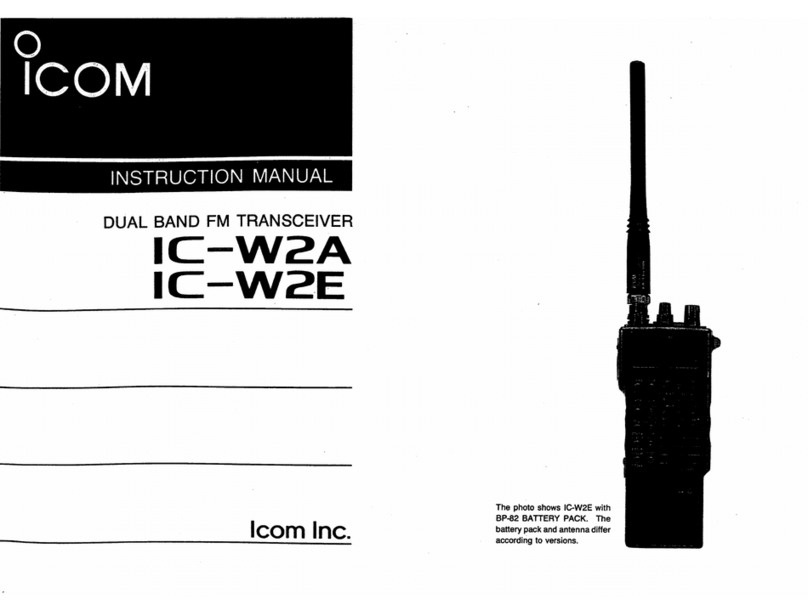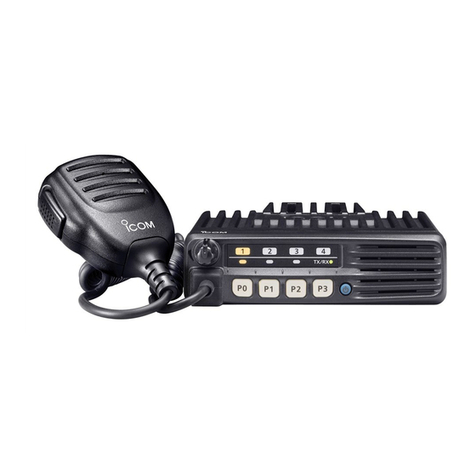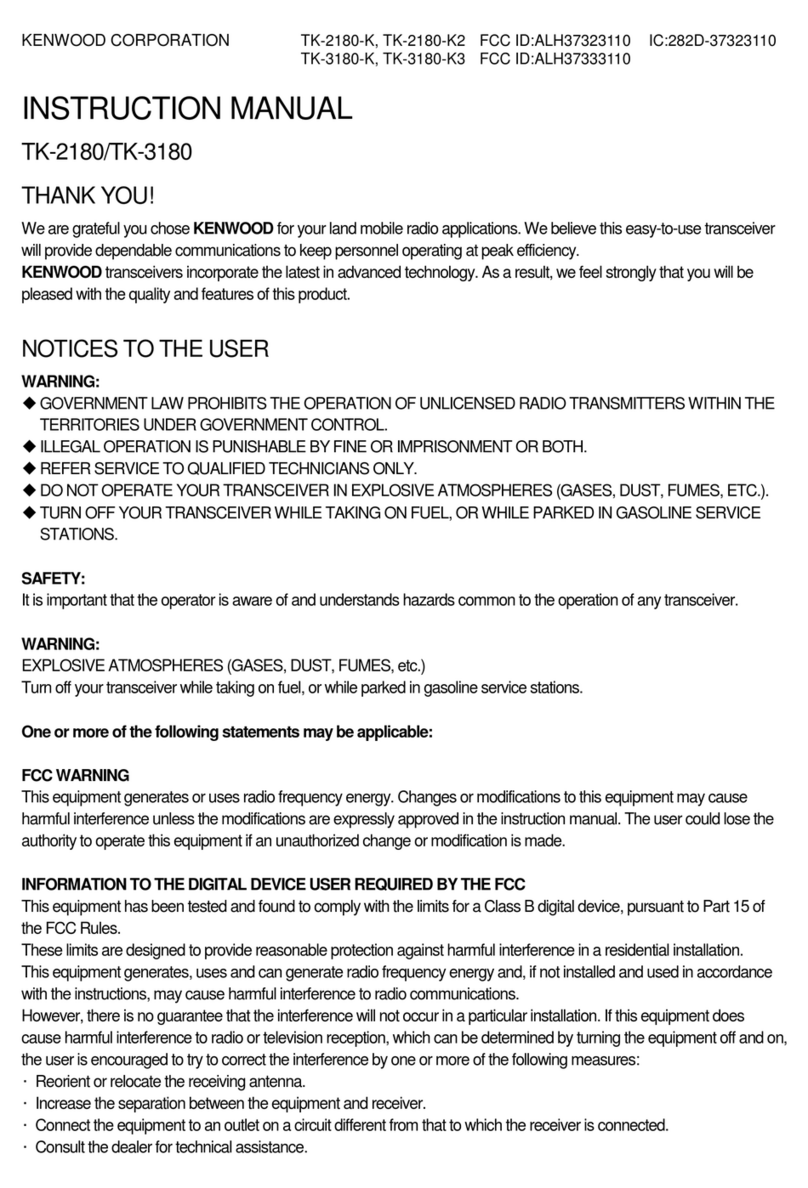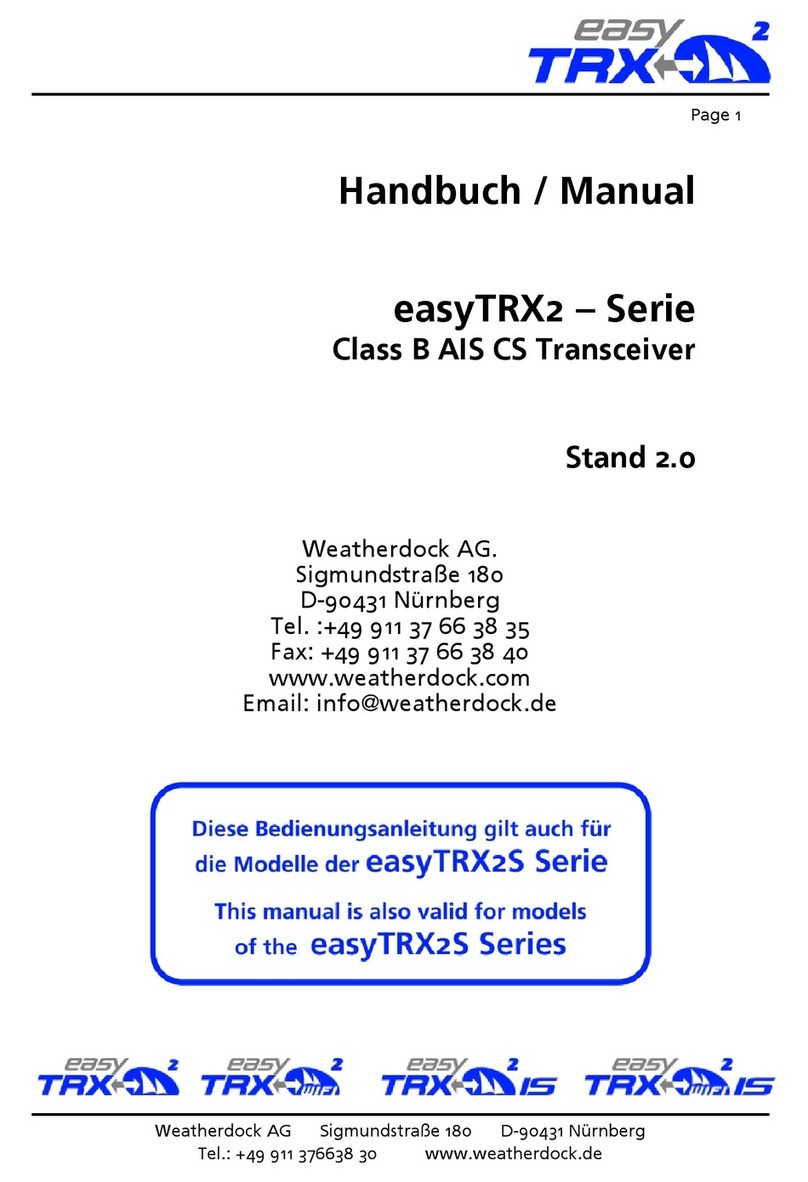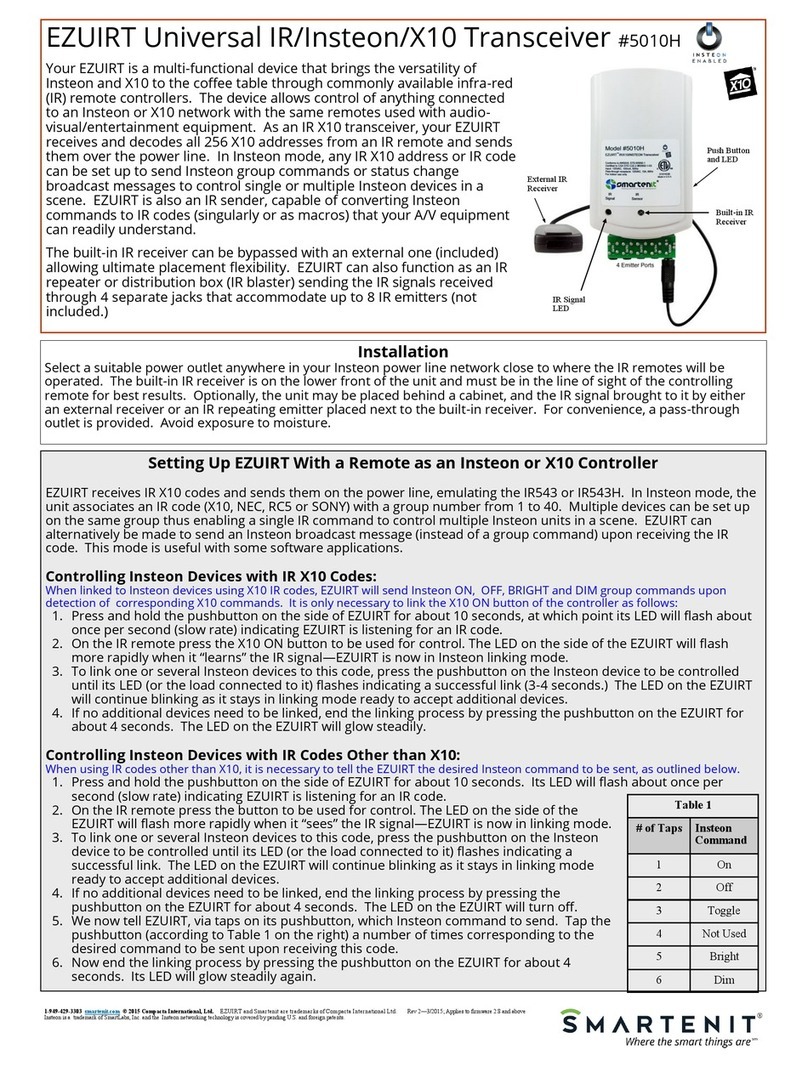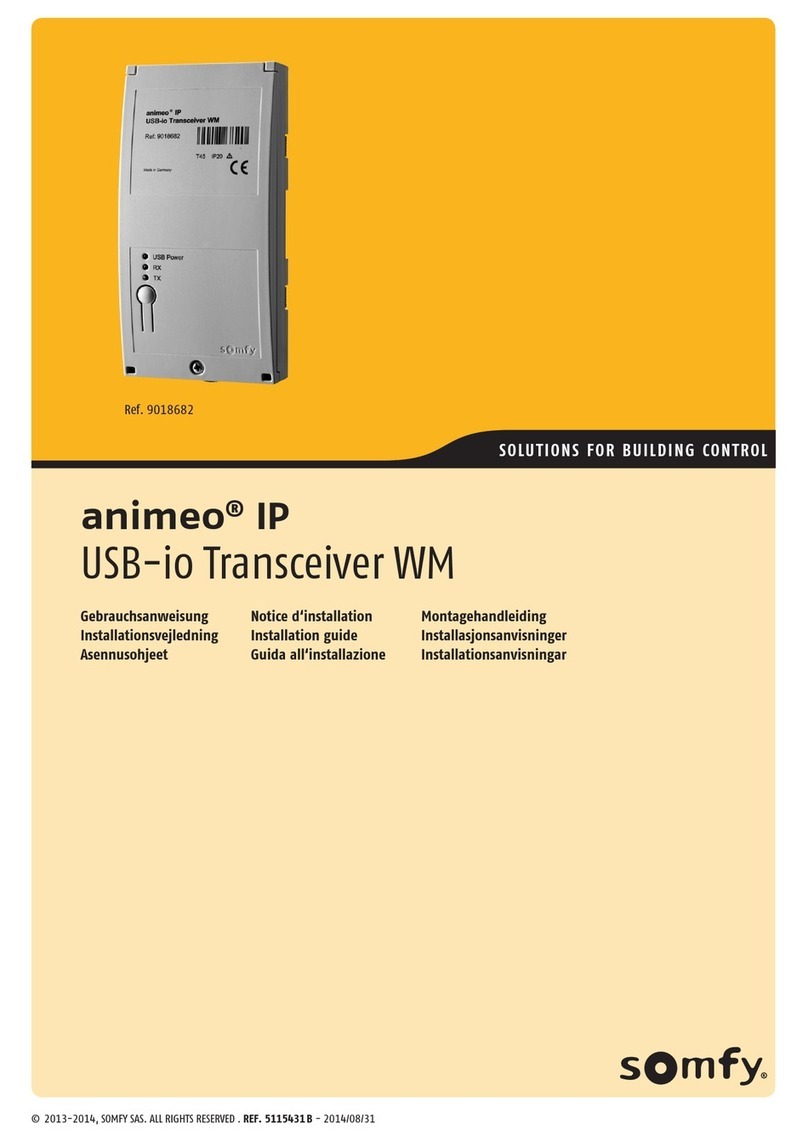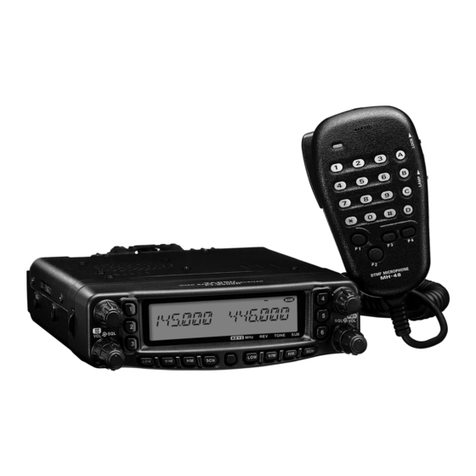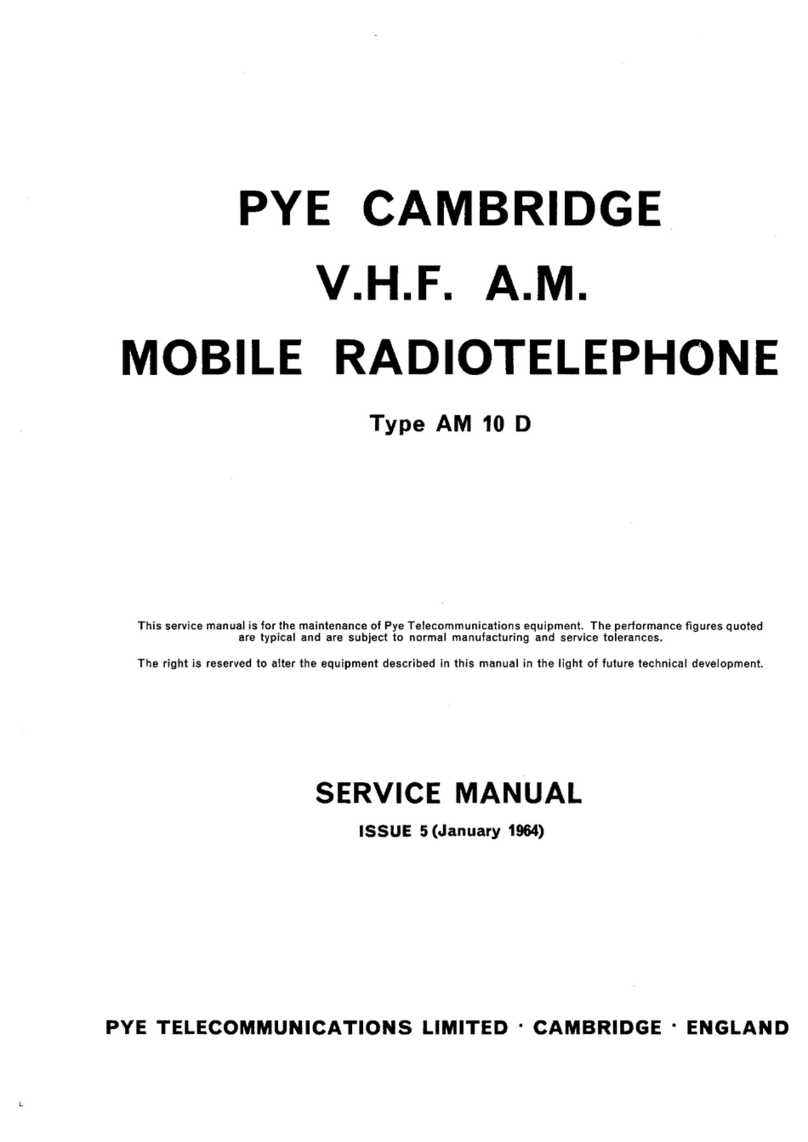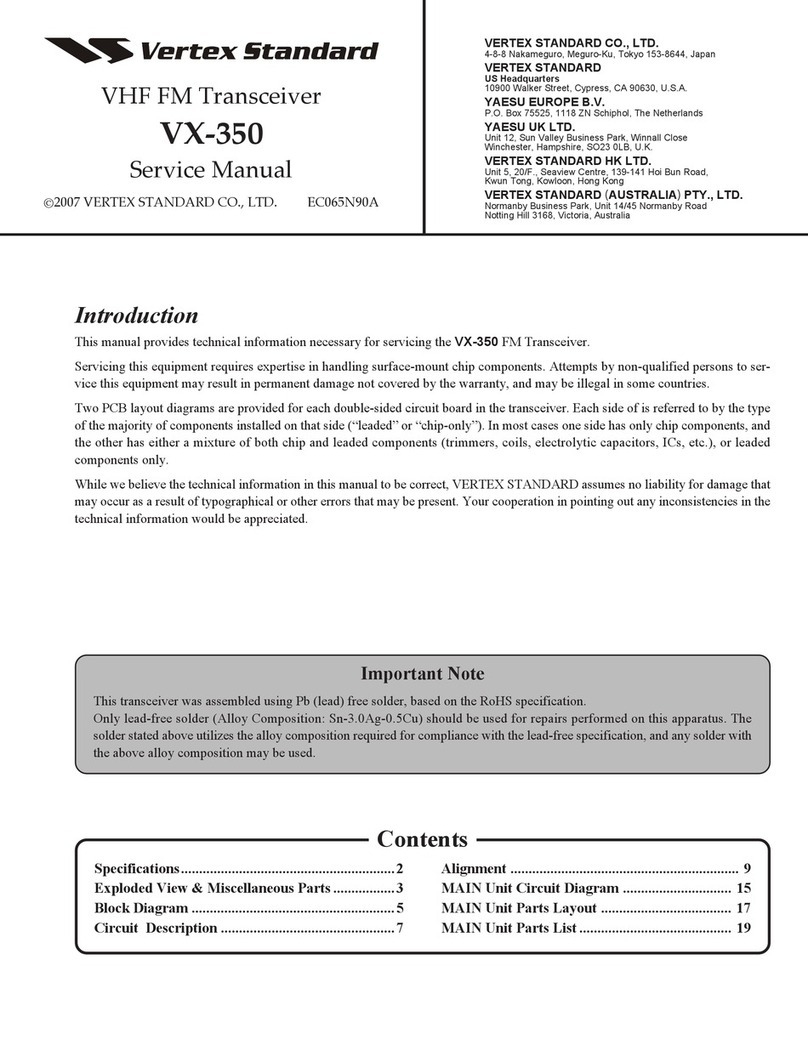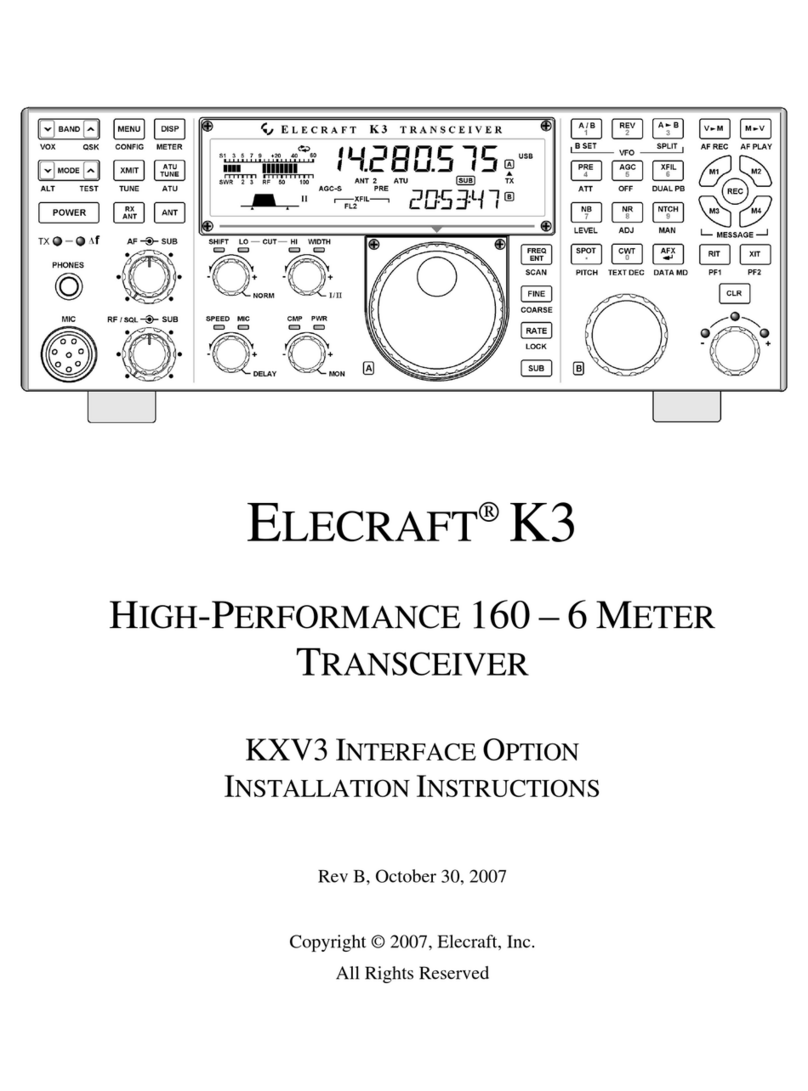
viii
New2001
1
2
3
4
5
6
7
8
9
10
11
12
13
14
15
16
New2001
TABLE OF CONTENTS
FOREWORD .........................................................................i
IMPORTANT.......................................................................... i
EXPLICIT DEFINITIONS....................................................... i
COUNTRY CODE LIST........................................................ ii
IN CASE OF EMERGENCY................................................. ii
RADIO OPERATOR WARNING .......................................... iii
AVERTISSEMENT POUR LES OPÉRATEURS RADIO...... iv
FCC INFORMATION ............................................................ v
NOTE....................................................................................v
PRECAUTIONS................................................................... vi
PRÉCAUTIONS.................................................................. vii
TABLE OF CONTENTS......................................................viii
TABLE OF CONTENTS (continued).................................... ix
1 OPERATING RULES.......................................................1
2 PANEL DESCRIPTION....................................................2
Front panel■...................................................................2
Function display■...........................................................5
Softkey function■............................................................7
Speaker Microphone■....................................................8
3 PREPARATION................................................................9
Entering the MMSI code■..............................................9
Entering the ATIS code■
(For Dutch and German version transceivers) ...........10
4 BASIC OPERATION......................................................11
Selecting a Channel■...................................................11
Receiving and transmitting■.........................................14
Adjusting the■volume and squelch levels ...................15
Entering a Call channel data■......................................16
Entering a Channel name■..........................................16
Microphone Lock function■..........................................17
Adjusting the Backlight level■.......................................18
Using the AquaQuake water draining function■...........18
5 SCAN OPERATION.......................................................19
Scan types■.................................................................19
Setting Favorite channels■...........................................20
Starting a scan■...........................................................20
6 DUALWATCH/TRI-WATCH............................................21
Description■.................................................................21
Operation■...................................................................21
7 DSC OPERATION .........................................................22
DSC address ID■........................................................22
Entering position and time■.........................................25
Making a Distress call■................................................26
Making DSC calls■.......................................................30
Receiving DSC calls■..................................................53
Transmitted Call log■....................................................60
Received Call log■.......................................................61






















